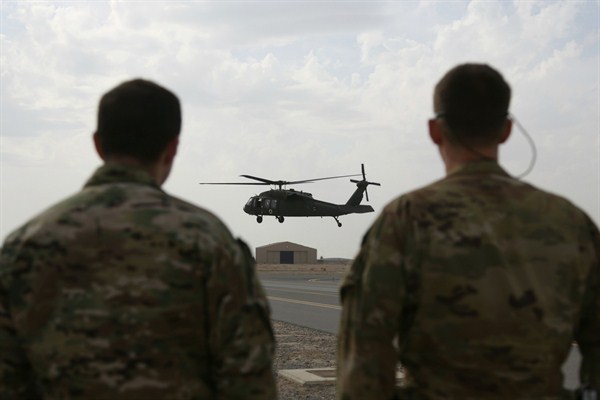When America’s founding fathers gathered in Philadelphia in 1787 to design a political system for their young nation, national security was not a high priority. Other than Britain, there were no major enemies nearby, and the founders undoubtedly thought—incorrectly as it turned out—that the British had learned that fighting the feisty Americans was more trouble than it was worth.
What did concern the framers of the Constitution was protecting the liberty of American citizens. To do that, and to avoid a potentially dangerous concentration of power in one branch of government, they created a system of checks and balances with power shared between the branches. This same design principle applied to security policy—to questions of war and peace—but only in very broad terms. The Constitution made the president commander-in-chief of the armed forces when they were called into service, but gave Congress the authority to declare war, ratify treaties, confirm senior executive officials, raise and support armies, provide and maintain a navy, and exercise oversight over the executive. But it did not indicate exactly how this partnership between the presidency and Congress was to function.
For much of American history, this vagueness—sometimes described as an “invitation to struggle”—generally worked, providing flexibility as the international security environment and America’s role in it changed. But when the United States became a global superpower in the 20th century, this vagueness paved the way for a vast accumulation of power in the executive and the rise of what historian Arthur Schlesinger Jr. called the “imperial presidency.”

